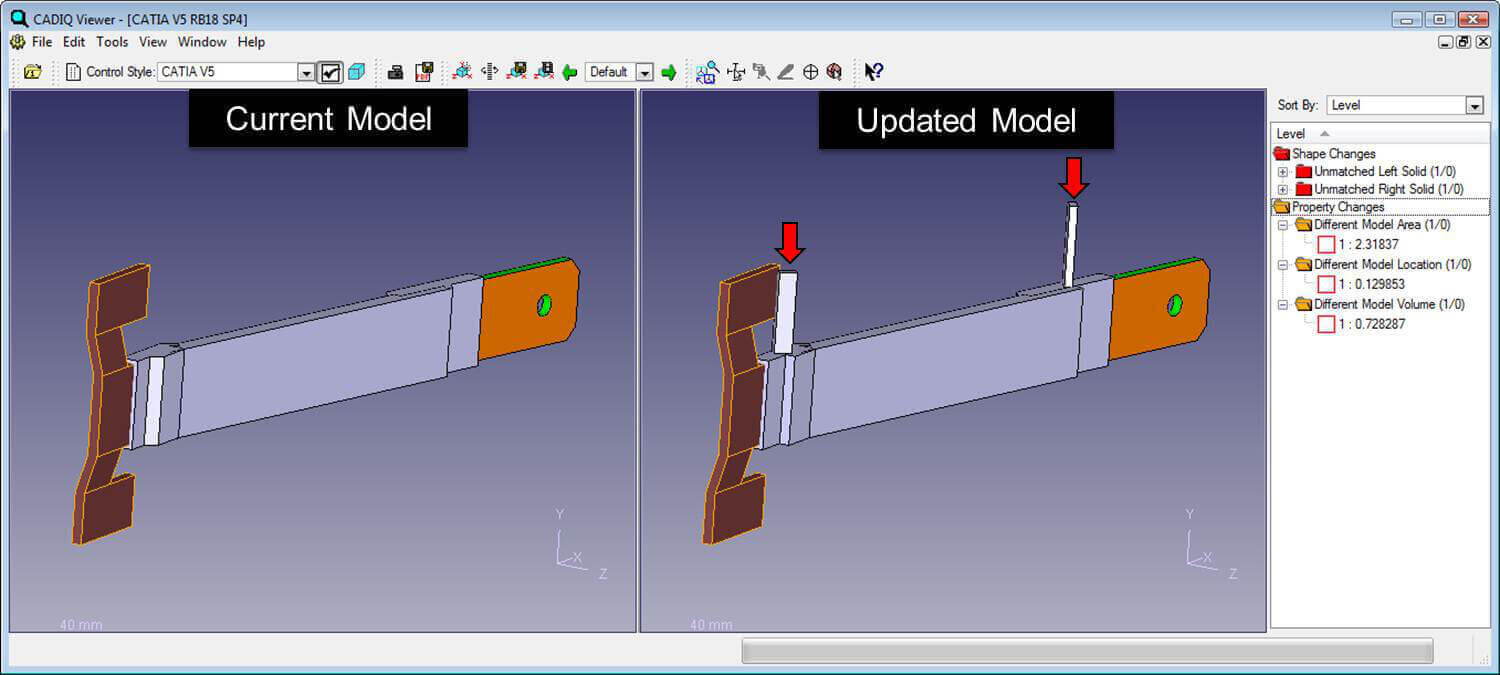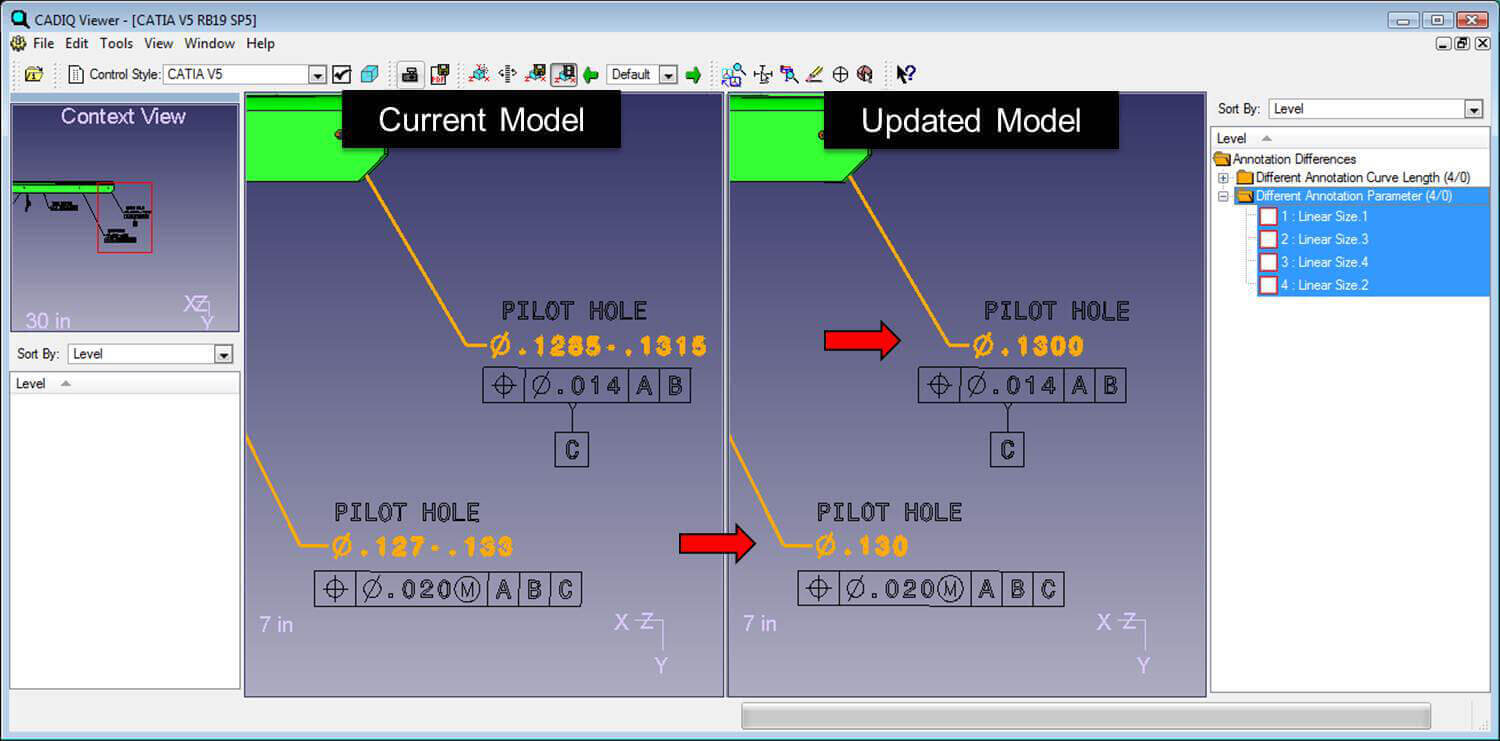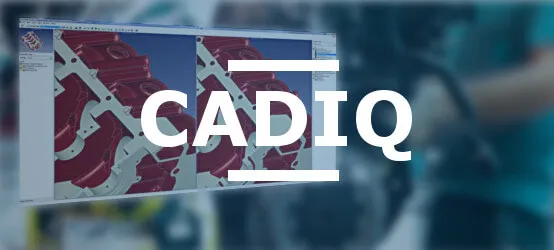In the realm of Computer-Aided Design (CAD), updating a model to a new version of a CAD system or transferring it to a different environment can introduce deviations. Hence, CAD stability testing is an essential process for maintaining the integrity of your designs. Let's delve deeper into this crucial procedure.
What is CAD Stability Testing?
CAD stability testing involves identifying deviations that occur when updating a model to a newer version of a CAD system or when transferring it to a different environment. This process is vital for ensuring that your CAD models remain accurate and consistent, even when they are transferred or updated.
Why is it Important?
In the ever-changing landscape of CAD, new system versions are continually rolled out, and operational environments can vary significantly. Against this backdrop, it is imperative to ensure that your models maintain their stability and accuracy, irrespective of environmental changes or system upgrades.
Even minor deviations can significantly impact the quality and functionality of your designs. By conducting CAD stability tests, you can identify and rectify these discrepancies before they escalate into larger issues.
Introducing CADIQ: The Right Tool for CAD Stability Testing
In the context of ensuring CAD model integrity, it becomes paramount to employ a specialized tool that can adeptly manage the challenges of CAD stability. That's where CADIQ shines.
- Identification of Issues: CADIQ identifies problems and disparities in CAD models that could affect downstream applications such as manufacturing and analysis.
- Advanced Comparison: The tool offers superior capabilities for comparing 3D CAD models, thus aiding in CAD data validation, legacy data re-mastering, and data migration processes.
- Comprehensive Support: CADIQ validates part and assembly models from all leading CAD systems and neutral formats.
- Interactive Display: The software identifies issues in a side-by-side 3D display environment, highlighting geometry, features, and product structure that has been added, omitted, or altered.
- Downstream Reuse: It flags changes that could impact the model's reuse in downstream applications like analysis, manufacturing, and data archival.
- User-Friendly: Graphic regions and mouse controls can be customized to mimic the user interface of most major CAD systems, ensuring quick productivity gains for users.
Considering its array of features and capabilities, CADIQ presents itself as an optimal solution for any professional concerned with CAD stability. It not only addresses the identification and rectification of model deviations but also serves as a robust tool for validated and certified data delivery. A fitting solution for the challenges discussed in this exposition.
Examples of CAD Conversion Validation Reports with CADIQ
Example 1: Geometry created by parametric functions was added when all the model's features were updated in the new CAD system version.

Example 2: Dimension values changed when the model was updated in the new CAD system version.

Conclusion
Conducting CAD stability tests is an indispensable procedure to ensure the integrity of your CAD models. By identifying the deviations introduced when upgrading a model or transferring it to a different environment, you can guarantee that your designs stay accurate and consistent.
CADIQ offers automated validation of your conversions regardless of the methodology used. Reports are generated in text form or as side-by-side 3D visualizations, enabling quick identification of discrepancies.
Ultimately, CAD stability testing is a practice that can assist you in refining your design processes, elevating your product quality, and bolstering client trust in your work. Integrate it into your workflow today!


